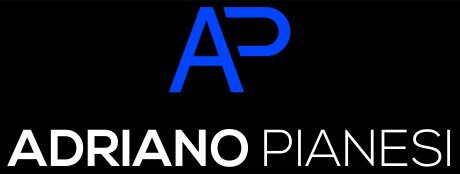SHOWING UP (3 video clips)
Showing up as You Are
| At the beginning of a Case-in-Point session, it is critical to show up in the class authentically. It is impossible to make this request to others without fulfilling it ourselves as educators. Congruence is a necessary condition for a session to work. This "realness" is one of the most important points of this work, one that it is hard to convey but has the greatest impact on the outcome of the session. Notice how Jill creates a great sense of her personal story leading to the session in this segment. She does this without showing off or taking center stage, inviting others to join in the inquiry as peers. |
|
QUESTIONS FOR FURTHER REFLECTION
|
“What Should I Be Doing and Why?”
| In this engaging opening question, Adriano accomplishes several things: 1. He surfaces the varied expectations of authority present in the room—expectations we typically don’t acknowledge though we know they are there and that they impact us at every turn. 2. He identifies both his own front-of-the-room authority dilemma and in turn the dilemma of everyone who holds this space. 3. He sets the stage for a different kind of session: one where he gives the work back to participants and engages in ways that surface the in-themoment dynamics. |
|
|
QUESTIONS FOR FURTHER REFLECTION
|
|
The Power of the First Question
|
Case-in-Point teaching starts with a question. This
|
|
|
QUESTIONS FOR FURTHER REFLECTION
|
|
